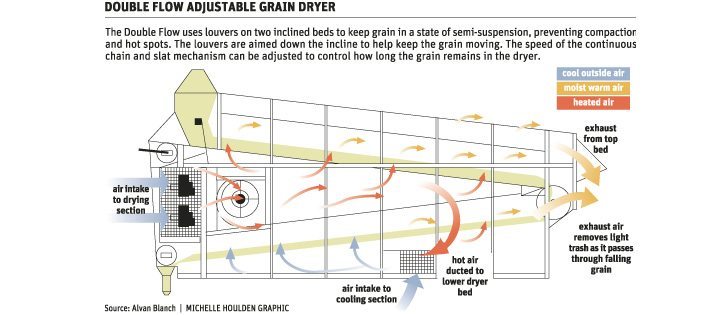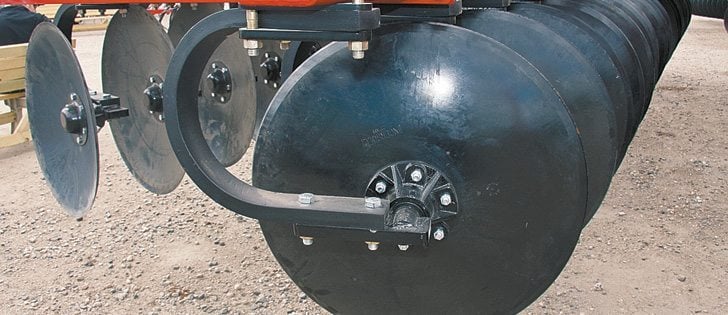Organic Alberta, with support from Alberta Agriculture, recently hosted grain buyer panels at regional workshops in Leth-bridge, Camrose and La Crete.
The panels included representatives from Growers International Organic Sales Inc., Grain Millers, Viterra, C.B. Constantini, Sunrise Foods, Prairie Heritage Seeds and F.W. Cobs.
The format was largely question and answer, but a number of themes developed in both the producers’ questions and the buyers’ answers.
Grain buyers are increasingly hopeful about organic markets. This is good news for producers who are still holding previous years’ crops in the bin.
Read Also

Final crop reports show strong yields, quality
Crops yielded above average across the Prairies this year, and quality is generally average to above-average.
Economic conditions in the United States and Europe have been difficult in recent years, and this has slowed the growth of organic consumption. However, buyers see demand beginning to pick up.
At the same time, the number of organic producers has declined. These are signs that a sellers market may be developing.
Mark Gimby said that at Growers International Organic Sales Inc., “we are here to stay in the organic market. We have every confidence in it. We’ve taken on staff and we’ve bought a new elevator.”
Sam Raser of Grain Millers ex-pressed similar optimism. His company ships oats out of northern Alberta by rail, but some of his suppliers were experiencing difficulties loading rail cars.
Grain Millers responded by providing a certified organic storage depot in the north.
Producers were told that taking a representative sample is one of the biggest factors in effective marketing.
Samples should be taken during harvest as grain is augured from the truck to the bin.
Sample each load going in. If seed is cleaned or dried, sample again. Store the samples under conditions similar to those in the bin. Some producers suggested samples be placed in the door of the bin.
Samples should be handled professionally and placed in quality freezer bags with an airtight seal.
Label them with the farm or producer’s name, date, bin and field and note the volume that is for sale.
Send these well-labelled samples to potential buyers. Keep at least one sample at the farm.
Buyers will assess the quality of the samples provided. If producers’ grain profiles are already in the system, they are more likely to get a call when the buyer makes a sale.
If the product arrives in similar condition to the sample, producers are more likely to get repeat calls.
Samples taken as the transport truck is loaded can provide a record of the quality of product that left the farm and are important in dispute resolution.
Divide the sample in two, sealing both with duct tape. Have the driver sign across the tape. Send one with the truck and keep one. If the product quality is questionable upon arrival, the sealed sample can be tested and compared with the re-ceiver’s test.
If a producer has a dispute with a buyer, it is best to contact the buyer directly. Often the buyer will work with the producer to find a satisfactory solution.
Buyers at the meeting suggested that producers call them weekly to say hello, ask about the markets and keep their name in the buyer’s mind. When buyers make sales, they are likely to turn first to people who are top of mind.
Producers also asked which crops to hold over to allow them to catch top prices.
Some crops deteriorate rapidly and should be sold shortly after harvest. This includes flax for the food and oil market, because it may develop off tastes, and lentils, which discolour with time. Otherwise, buyers suggested holding only top quality products. Low quality grain will not improve with storage, while high quality grain will be easier to sell when prices rise.
Buyers were offering 2012 contracts, commenting that much of the backlog has been used. They were keen to encourage production.
Buyers suggested producers keep to their rotations and grow crops they grow well that would be top quality.














